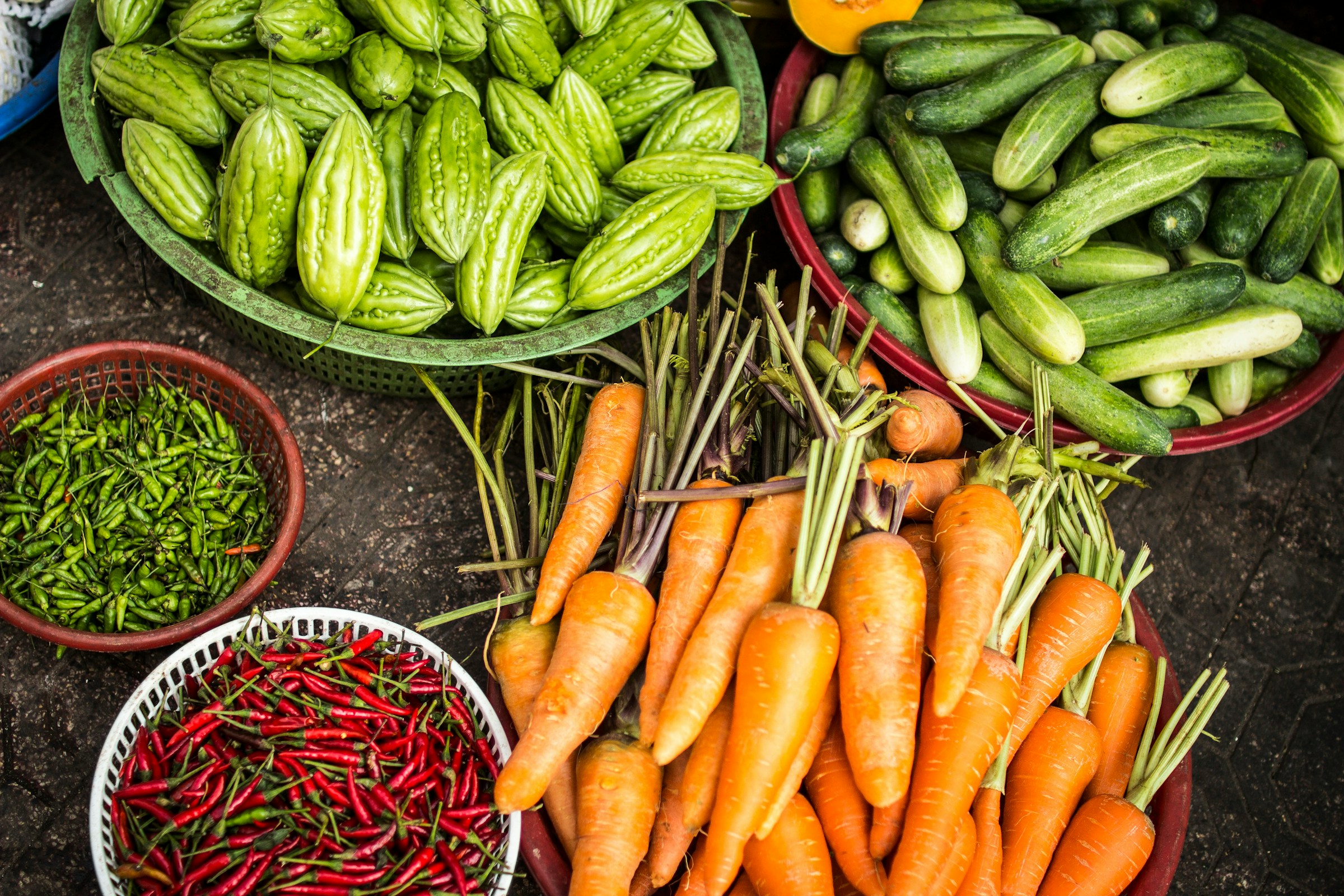
Resource
National Trust report on carbon footprints in various beef production systems – and expert comment
A report published by the National Trust entitled What’s your beef? Compares the cradle-to-farm-gate emissions of ten tenanted National Trust farms, selected as representing a cross section of different beef production systems, including 4 organic, 4 conventional but extensive, and 2 semi intensive farms.